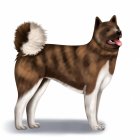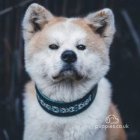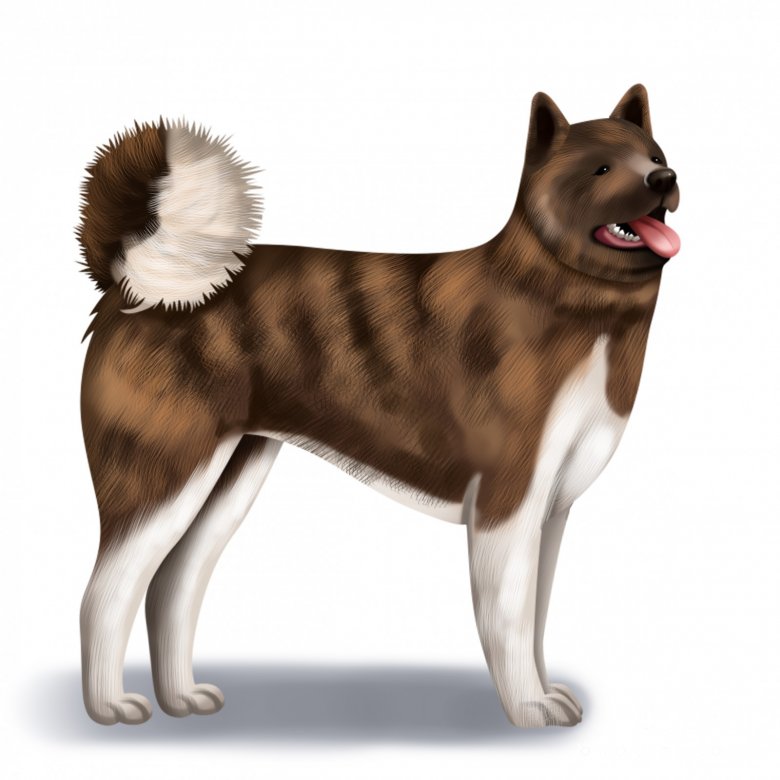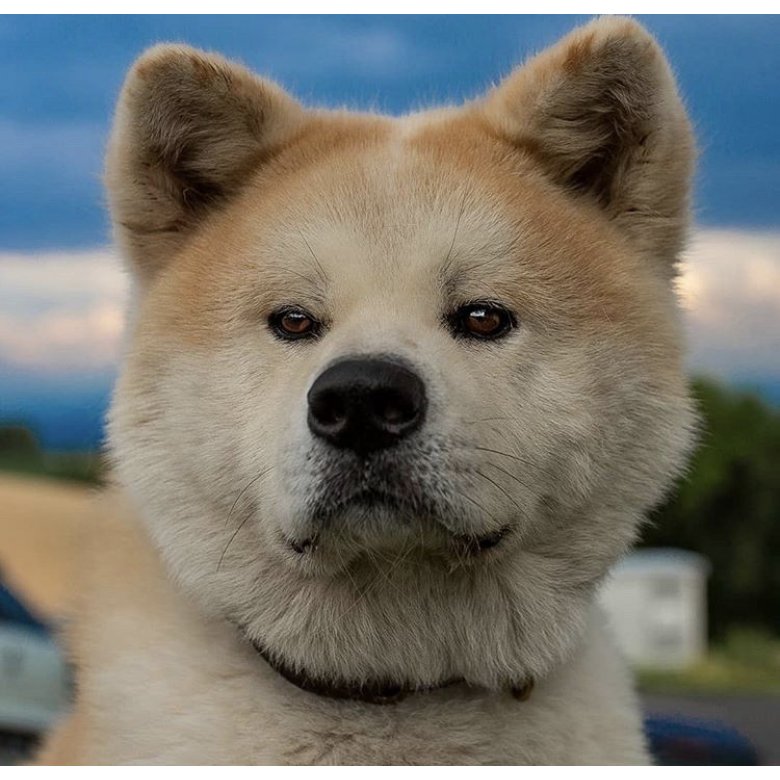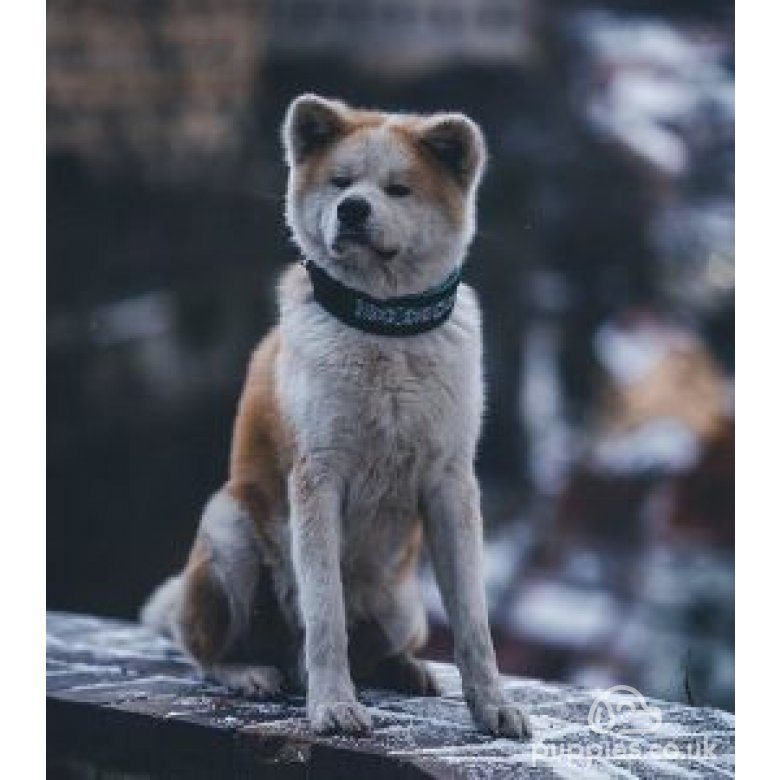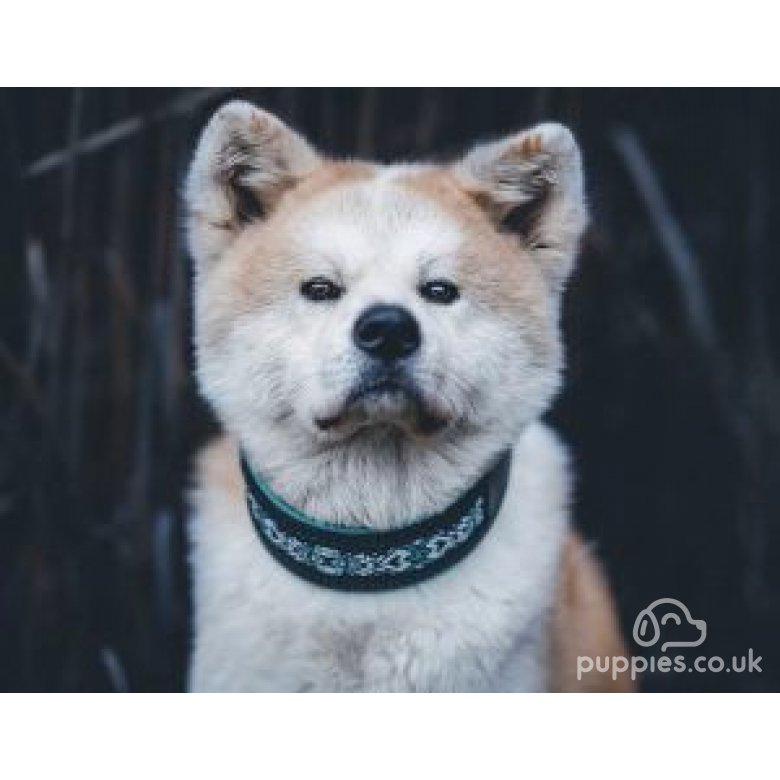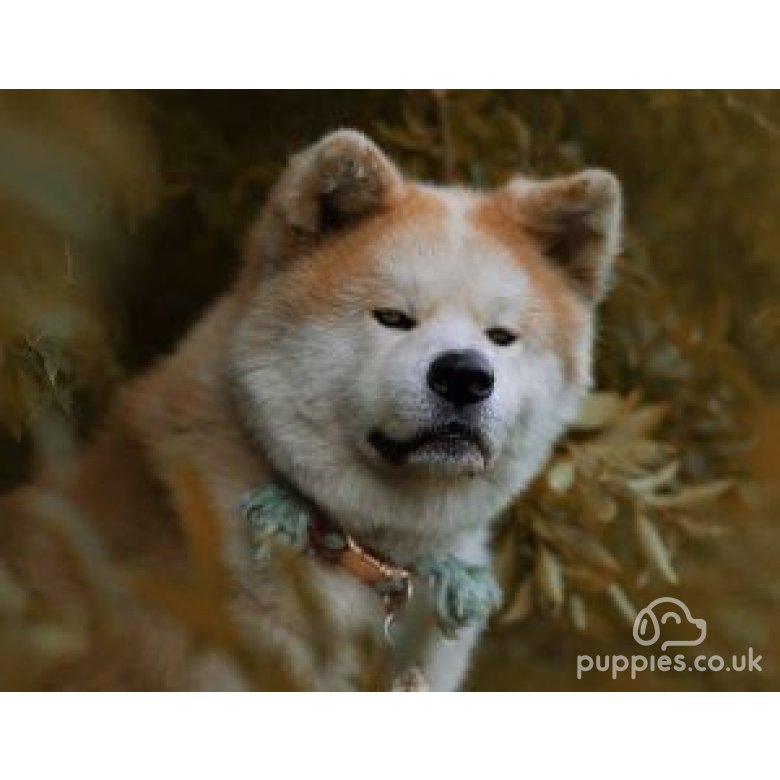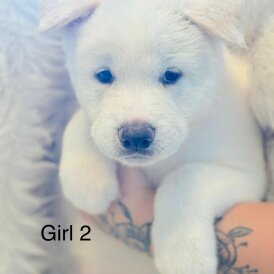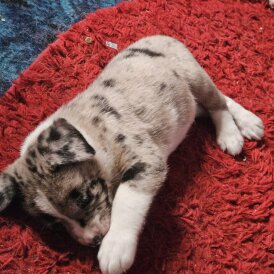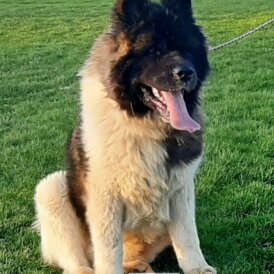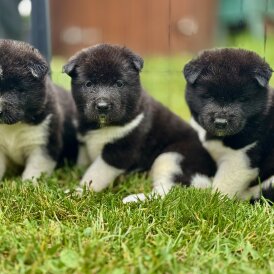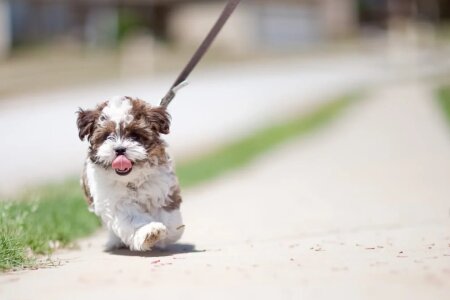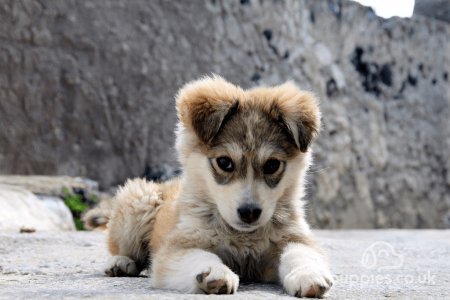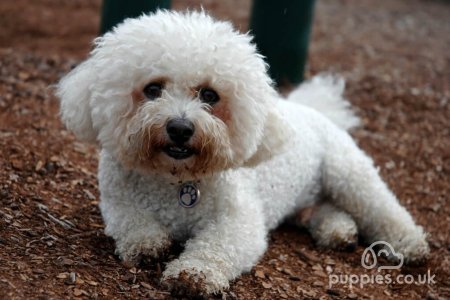Owning an Akita puppy is a true joy. This large spitz breed from Japan has endured a long and troublesome (at times) history, but is now widely popular in the UK and worldwide. It’s easy to see why: Akitas are large, beautiful, and courageous whilst remaining loyal and affectionate companions to owners and their families. Both within Japan and internationally, Akitas have been made popular by the patronage of famous people such as Hellen Keller and Vladimir Putin. Hellen Keller adored the breed so much that she described it as “an angel with fur,” and that he is “gentle, compassionate, and trusty.” Vladimir Putin owns a large Akita named Yume (‘dream’ in Japanese), granted by the Japanese prefecture of Akita as gratitude for Russian assistance during the 2011 earthquake in Japan. There are so many great reasons to own an Akita puppy, but prospective owners should be well-prepared before purchasing one since they have their downsides, too.
Why Akitas are Great
Some highlights of Akitas:
Watchdog: this breed is a superb watchdog that will protect owners and their families.
Fun: Akitas love to play and have fun, especially as puppies.
Grooming: Akitas have a tendency to clean themselves regularly, which reduces the need for intensive grooming sessions.
Training: since Akitas like to keep themselves clean and organised, they’re easy to train for home living.
Barking: this breed doesn’t bark very much, which makes it an ideal choice for owners looking for a quiet breed.
Things to Consider when Looking at Akitas for Sale
Some downsides to the Akita:
Shedding: this breed sheds quite a bit due to his outer coat of thick fur.
Costs: Akitas can be costly to keep due to routine visits to the veterinarian, food costs, and grooming costs.
Stubborn: as an independent breed, Akitas can often show signs of stubbornness, particularly if they aren’t well-raised as puppies.
Prey drive: this breed has a high prey drive and is prone to chasing small animals and pets.
History of the Akita
The Akita dates back perhaps as far back as 1,000 years ago in Japan. In Mediaeval Japan, the ancestors of the Akita were revered by the nobility as excellent and courageous hunting dogs. It is known, however, that Akita Matagis, medium-sized hunting dogs, were used as fighting dogs in the Akita region of Japan at the beginning of the 17th century. Later in the 19th century, Akita Matagis were crossbred with Tosas and Mastiffs, giving them their currently large size. Although they remained a popular breed through the centuries, the Second World War brought their numbers in Japan to near-extinction levels. Akitas were culled for their meat and fur and it was not until late after the war that their numbers began to recover. Luckily, many Akitas were exported to the UK, US, and elsewhere, which helped sustain worldwide numbers of this now-popular breed.
Appearance
The Akita is defined by its noble dignity and its modest yet courageous appearance. This beautiful breed stands tall and proud and looks strong and robust. When compared to other Japanese spitz breeds, the Akita is the largest amongst them. Perhaps the most noticeable feature is his large, bear-like head.
How big is the Akita?
Akitas are large-sized dogs. Males grow on average to 64-70 cm in height, whilst females can grow up to 58-64 cm high.
How heavy is an Akita?
Fully-grown adult male Akitas weigh between 32-39 kg on average. Females weigh between 50-65 kg.
What colour is the Akita?
The following colours are commonly recognised for the Akita:
Red fawn;
Sesame;
Brindle;
White.
For all of the above colours except white, the Akita must have an “urajiro,” which is a white coat with white patches on the puppy.
Temperament
An Akita’s temperament can be described as composed and docile. They are, however, unique in many regards. Akitas have a tendency to keep themselves and their living quarters clean and proper, much like a cat would. This breed has a temperament that’s quite significantly different from many other breeds and it may not be the best choice for first-time owners as a result.
Do Akitas make good guard dogs?
This breed makes for an excellent watchdog due to its territorial disposition. They are also excellent guard dogs due to their sheer size and their courage and their untrustworthy impression of strangers.
Do Akitas bark a lot?
Akitas do not bark unless they need to, such as when performing watchdog duty.
Are Akitas easy to train?
Although Akitas can be trained easily, proper socialisation and a gentle hand will be required to curb any naughty behaviour from developing. If trained improperly, they may be aggressive towards strangers and other animals and may be more difficult to control.
Are Akitas playful?
As puppies, Akitas are wonderful play companions. They remain somewhat playful as they grow older, too.
Are Akitas good with children?
This breed has a natural affinity for children and makes an excellent choice for families with children. Whenever playing around young children, ensure that they’re supervised since Akitas are a large breed and they may inadvertently hurt toddlers whilst playing.
Are Akitas good with other pets?
Akitas are not a good choice for pet owners with dogs or other pets in the home. They can be dominant, particularly to dogs of the same sex, and have a high prey drive as well.
Can I leave an Akita alone?
This breed can tolerate being left alone for a moderate amount of time. Ensure that as puppies, they’re given plenty of attention.
Do Akitas like water?
Akitas were traditionally used for hunting and by fishermen, so they have no fear of the water normally. All puppies should be introduced gradually to the water, however, to ensure that they don’t become frightened.
Health
How long do Akitas live?
Generally, Akitas are expected to live anywhere from 10-11 years.
How much exercise does an Akita need?
This breed requires plenty of exercise. Try to exercise at least two hours per day by means of a brisk morning walk and an hour’s worth of rigorous playtime in the evening.
What are an Akita’s common health issues?
Akitas are prone to the following common health issues:
Vogt-Koyanagi-Harada syndrome;
Autoimmune hemolytic anemia;
Sebaceous adenitis;
Pemphigus foliaceus;
Systemic lupus erythematosus.
Akitas are also known to suffer from immune sensitivities from medications and vaccinations.
Care
How much space do I need for an Akita?
Although Akitas can be housed in urban environments, they’re happiest in large, rural homes where they can roam and exercise freely as well as perform watchdog duty.
What should I feed my Akita?
A fully-grown Akita should be fed 3 to 5 cups of high-quality dog food every day. Adjust as necessary to promote good health and to prevent overfeeding.
How much grooming do Akitas need?
On the one hand, Akitas tend to clean their own coats regularly, which eliminates the need for extensive grooming. On the other hand, however, they still require daily brushing and should be groomed according to a strict routine.
Do Akitas shed?
Akitas shed quite a bit of hair and will require routine cleaning in order to clean up after. Since Akitas have two coats, with the outer being a coarse, thick coat, use a vacuum cleaner equipped with a HEPA filter to thoroughly remove hair around the home and on furniture and carpets.
Average Costs
How much does it cost to keep an Akita?
As a rough guide in pricing: Cost to buy: roughly £300-600 for a well-bred Akita puppy Other costs (Vet, Food etc): £110-140 per month
Specific Buying Guide
You can read our general buying guide here, with the most important thing being going to view your Akita puppy, seeing it with its mother, and checking the quality of the breeder. More specifically, here is some Akita puppy buying advice:
As with many Asian breeds, Akitas are prone to being diagnosed with pseudohyperkalemia. This means that whenever blood is drawn, their red blood cell content will show higher than normal signs of potassium, which is a sign of hyperkalemia. Ensure that your veterinarian is aware of this characteristic and doesn’t mistakenly believe that your puppy has developed hyperkalemia.
This breed is popular in the UK, and their purchase price is often quite low when compared to many other Japanese spitz breeds. Whenever the supply of a popular breed goes up, expect many of these puppies to be raised in ‘puppy mills’ and to be bred in unethical conditions. Spend the time to ensure that your puppy is in good health and was bred according to the Kennel Club of Great Britain’s standards.
Other Reading, Adopting Akita Puppies and Rescue Organisations
A big thank you to the following sources who helped to shape this article: Akita Association: https://www.akita-association.org/ Friends of Akitas Trust: https://www.friendsofakitas.co.uk/ Federation Cynologique Internationale: https://www.fci.be/Nomenclature/Standards/255g05-en.pdf Kennel Club of Great Britain: https://www.thekennelclub.org.uk/services/public/breed/display.aspx?id=4091 UK Dog Trust: https://www.dogstrust.org.uk/ Blue Cross: https://www.bluecross.org.uk/rehome-pet






